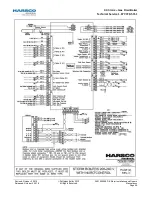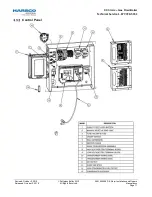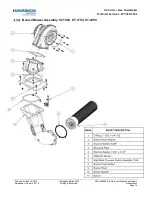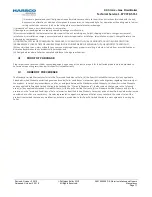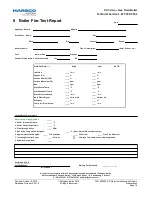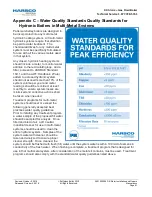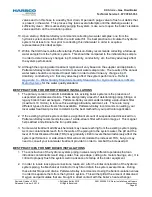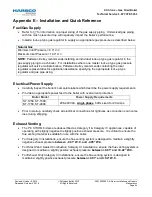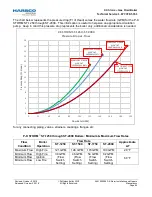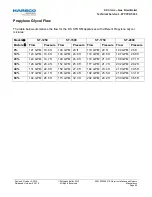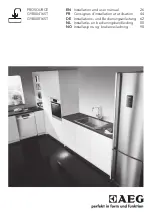
P-K Storm
TM
Gas Fired Boiler
Technical Service 1.877.728.5351
Revised: October 2, 2019
Released: October 2, 2019
Patterson-Kelley 2019
All Rights Reserved.
2691000099 P-K Storm Installation and Owners
Manual.docx
Page 83
valves and run this hose to a nearby floor drain. Open each purge valve to flush out debris that
is present in the water. This process may take several attempts until the discharge water is
sufficiently clean. After successfully purging the system, make sure to open the boiler’s isolation
valves and turn on the circulation pumps.
10. Upon startup, Patterson-Kelley recommends collecting two water samples: one from the
hydronic system and another from the cold water fill. It is best practice to circulate the hydronic
system for at least one hour prior to collecting this initial water in order to acquire a
representative (blended) sample.
11. Within the first three months after startup, Patterson-Kelley recommends collecting a follow-up
water sample from the hydronic system. This should be compared to the initial startup sample
in order to determine any changes in pH, Alkalinity, conductivity, etc. that may adversely affect
the system performance.
12. Although the ongoing water treatment regimen will vary based on the supplier and application,
Patterson-Kelley recommends a minimum annual water sample rate. The results of the annual
water tests should be compared to past tests in order to determine any changes in pH,
Alkalinity, conductivity, etc. that may adversely affect the system performance. Refer to
– Water Quality Standards Quality Standards for Hydronic Boilers in Multi-
for the water quality standard.
BEST PRACTICES FOR RETROFIT BOILER INSTALLATIONS
1. The primary concern in retrofit installations into existing boiler systems is the presence of
suspended and dissolved solids. These are typically a result of deteriorating piping, fittings, or
legacy boiler’s heat exchangers. Patterson-Kelley recommends installing a side-stream filter
(maximum 10 micron) to remove this existing particulate, sediment, etc. There are many
different types of side-stream filters available. Patterson-Kelley recommends consulting your
local water treatment provider to determine the best method for your particular application.
2. If the existing hydronic system contains a significant amount of suspended and dissolved Iron,
Patterson-Kelley recommends the use of a side-stream filter with built-in magnet. This magnet
helps attract and eliminate the Iron particulate.
3. Some water treatment additives/chemicals may cause leeching from the existing system piping.
As more contaminants leech from the walls of the piping into the system water, the pH and the
level of Total Dissolved Solids (TDS) may gradually climb to levels that will adversely affect the
system performance. A side-stream filter will accommodate the increased TDS, but you may
need to consult your local water treatment provider in order to combat the increased pH.
BEST PRACTICES FOR NEW BOILER INSTALLATIONS
1. The construction of the hydronic system piping involves many different operations that can
introduce contaminants (weld slag, solder, flux, pipe dope, cutting oils, metal shavings, etc.) It is
critical to properly flush the system well in advance of startup of the boiler equipment.
2. In order to locate loose pipe connections, leaks, etc. after the initial construction of the hydronic
system piping, the Mechanical Contractor may fill and drain the system several times. During
these initial fill-ups and drains, Patterson-
Kelley recommends closing the boiler’s isolation valves
in order to separate them from the hydronic system. This will help limit the amount of dissolved
Oxygen and particulates that are brought in direct contact with the boiler’s heat exchanger.

